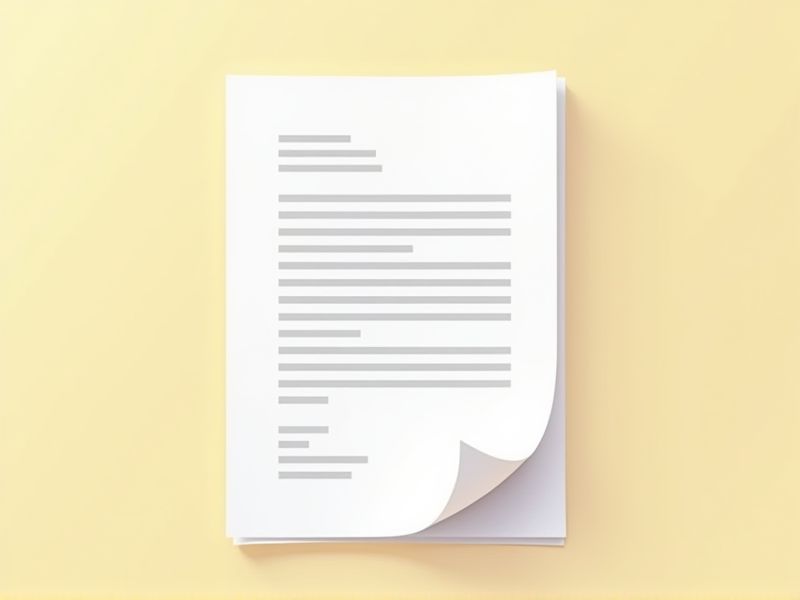
A formal letter format is essential for clear and professional communication in business and official contexts. It follows a structured layout that includes specific elements such as the sender's address, date, recipient's address, salutation, body, closing, and signature. Using a proper format ensures that your message is easy to read and conveys respect to the recipient. Whether you are writing a job application, complaint, or official request, adhering to a formal letter format enhances your credibility. Explore the various template options provided in this article to find the perfect format for your needs.
Samples of letter format formal
Professional Letter Format For Job Application
Formal Letter Format For Complaint
Standard Letter Format For Business Communication
Official Letter Format For Request
Template For Formal Letter Of Resignation
Formal Letter Format For Invitation
Business Letter Format For Inquiry
Straightforward Letter Format For Thank You
Formal Letter Format For Sponsorship Proposal
Legal Letter Format For Notice
Formal Letter Format For Cover Letter
Correspondence Letter Format For Negotiation
Academic Letter Format For Recommendation
Formal Letter Format For Employee Termination
Structured Letter Format For Policy Change
Formal Letter Format For Response To Inquiry
Letter Format For Formal Apology
Concise Letter Format For Meeting Request
Letter Format For Formal Announcement
Business Letter Format For Proposal Submission
Important Things to Know when Writing Letter Format Formal
Use A Professional Letterhead Or Include Your Contact Information At The Top.
Using a professional letterhead enhances the visual appeal and establishes credibility for your correspondence. If you choose not to employ a letterhead, ensure to include your contact information prominently at the top, typically aligned to the left or centered. This should consist of your name, address, phone number, and email address to facilitate easy communication. A well-structured layout not only conveys professionalism but also reflects your attention to detail, which can leave a lasting impression on the recipient.
Include The Date Below The Sender’S Information.
When drafting a formal letter, it's essential to position the date just beneath your contact information, which typically includes your name, address, and phone number. This placement helps establish a clear timeline for your correspondence and ensures the recipient can easily reference when the letter was written. Always use the full date format, such as "October 15, 2023," to maintain professionalism and clarity. Remember, an organized layout contributes significantly to the overall impression your letter makes on the reader.
Use A Formal Salutation, Such As "Dear Mr./Ms. [Last Name].
A formal salutation is essential in a letter format to convey professionalism and respect. Address the recipient using "Dear Mr./Ms. [Last Name]" to maintain a courteous tone. This approach not only sets the right mood for the correspondence but also shows that you value the individual's position. Proper salutations help create a positive first impression, crucial in formal communication.
Structure The Body With A Clear Introduction, Main Content, And Conclusion.
A formal letter should begin with a clear introduction that establishes the purpose of your communication. Following the introduction, the main content should present detailed information, arguments, or requests in a logical sequence to ensure clarity and understanding. Conclude the letter with a strong closing that reinforces your message and expresses any necessary action or response. This structured approach enhances the professionalism of your correspondence and makes it easier for the reader to grasp your intent.
End With A Formal Closing, Like "Sincerely," Followed By Your Full Name And Signature.
A formal letter must conclude with a professional closing to convey respect and courtesy. Use phrases such as "Sincerely," "Best regards," or "Yours faithfully," depending on the context. After the closing, include your full name to provide identification, ensuring clarity for the recipient. If sending a printed version, leave space for your signature to reinforce the formal nature of the correspondence.
